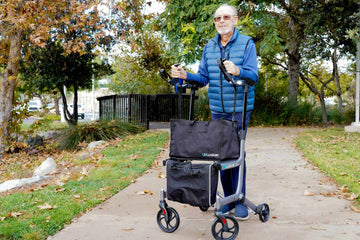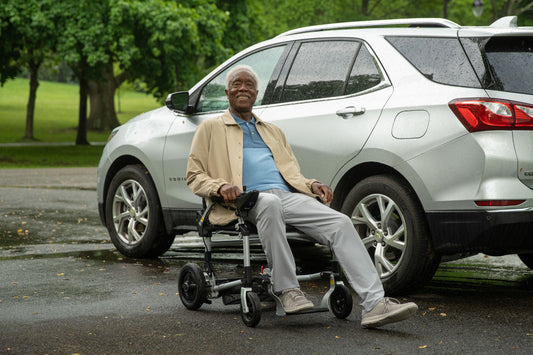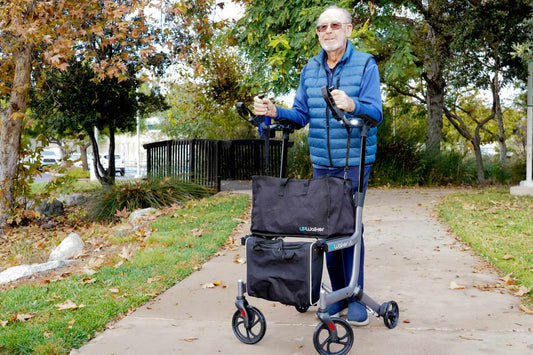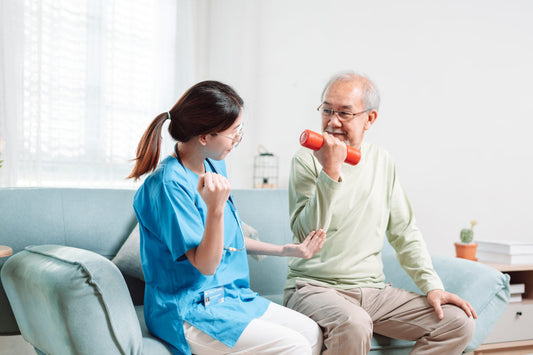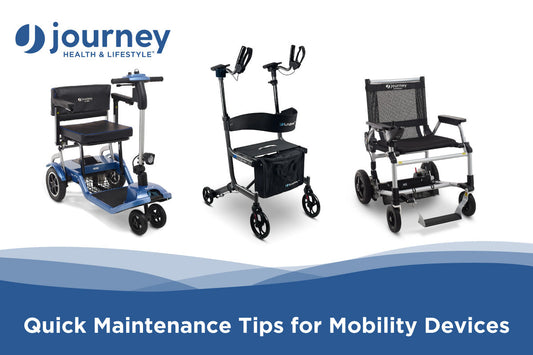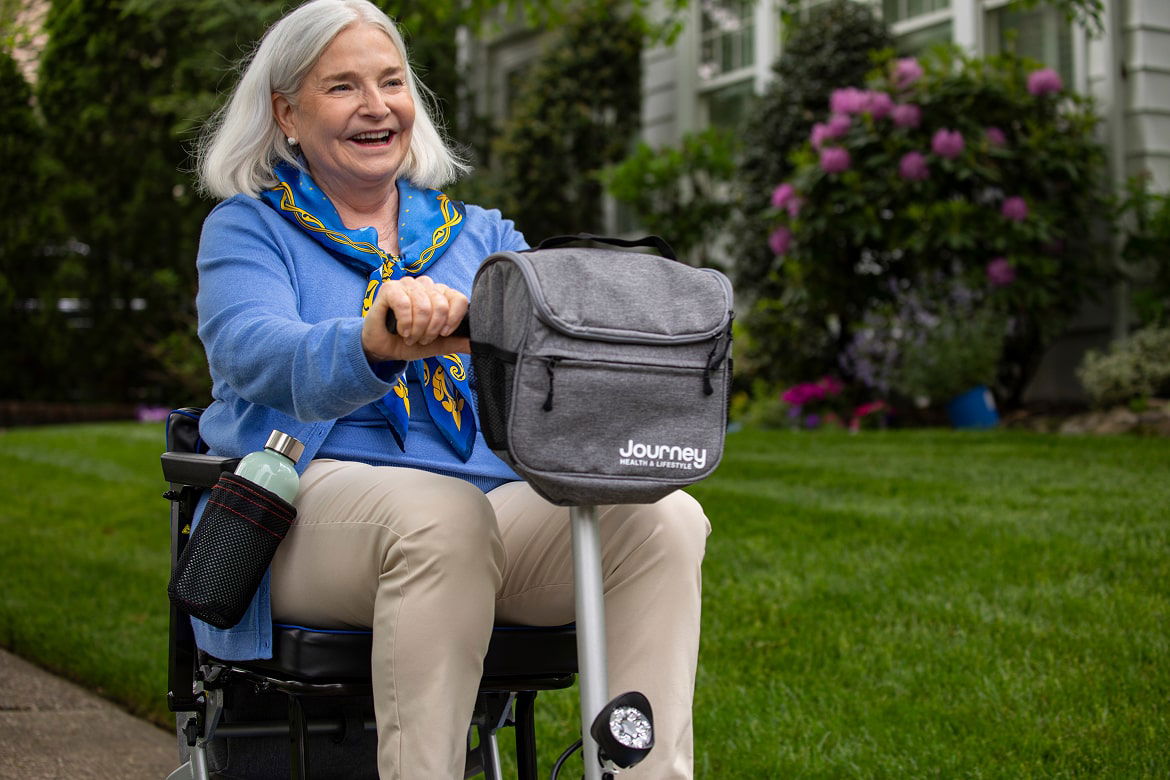M-F 9:30am - 7pm EST
How and Where to Donate Used Mobility Equipment
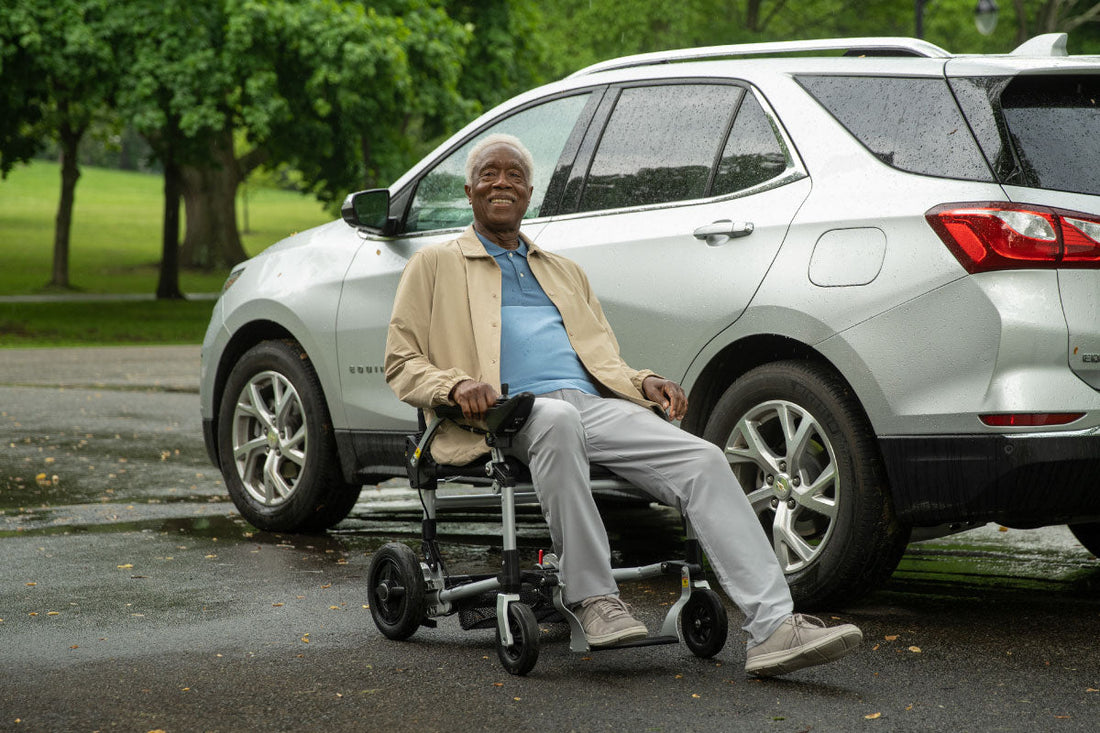
Access to mobility equipment can significantly improve daily life, enabling individuals to maintain independence, freedom, and dignity. However, for many seniors and people living with disabilities, the cost of new devices can be prohibitive.
Donating your gently used wheelchair, walker, or scooter ensures that these essential tools do not go unused while someone in your community or even across the globe could benefit from them.
Beyond the social benefit, donating also plays a role in sustainability. Durable medical equipment often ends up in landfills once it’s no longer needed, even though it could easily be refurbished and reused.
By giving these items a second life, donors not only reduce waste but also support a circular economy. In return, donors find satisfaction in knowing their contribution has made someone else’s world a little easier to navigate.
What Mobility Equipment Can You Donate?
The range of acceptable items varies depending on the organization.
Some of the most common include:
- Wheelchairs (manual and power): Ensure power chairs come with a working battery and charger.
- Walkers and rollators: Preferably with all wheels intact and no structural damage.
- Mobility scooters: Many organizations require them to be in working order with functioning controls.
- Canes and crutches: Should be free of cracks or bent parts.
- Shower and bath chairs: Must have non-slip feet and sturdy support bars.
- Hospital beds and bedside commodes: Generally accepted if in working condition with all parts present.
- Patient lifts and lift chairs: These can be more difficult to donate but are extremely valuable to recipients.
- Other equipment: Transfer boards, reachers, grab bars, and oxygen concentrators are all examples of equipment others may be able to use.
Important Note: Only donate clean, functional equipment. If something is broken beyond repair, it’s often better suited for recycling than donation.
Preparing Your Mobility Equipment for Donation
Just as you would prepare clothes or furniture for donation, mobility aids should be ready for someone’s immediate use. Use this checklist to ensure your mobility equipment is ready to donate.
- Sanitize all surfaces to prevent the spread of germs. This is especially critical for items such as shower chairs and hospital beds.
- Remove personal information such as labels from medical facilities, hospital ID tags, or contact information.
- Ensure that the wheels roll smoothly, brakes work, and controls function safely. Perform small repairs if necessary.
- Gather any accessories to donate with the equipment. Include chargers, batteries, cushions, user manuals, and spare parts. Missing accessories can make the device unusable.
- Verify age or expiration of the item. Some items, such as oxygen tanks or certain medical supplies, may have safe use periods or expiration dates.
This extra effort can make the donation more valuable and reduce work for the receiving organization.

Where to Donate Used Mobility Equipment
There are many places to donate mobility equipment. Below is a list of several national organizations and local agencies that may accept your donation.
MedShare collects and ships medical equipment to under-resourced areas worldwide.
Project C.U.R.E. is focused on providing medical aid and equipment to developing nations.
The ALS Foundation maintains equipment loan closets specifically for individuals diagnosed with ALS.
Assistance League has local chapters that often operate programs that manage donations of medical equipment.
Donate Good Stuff is an online locator that connects donors with nearby charities and organizations.
Medical equipment banks are community-run programs where mobility equipment is borrowed or given free of charge. Senior centers often maintain “loan closets” with donated equipment for residents. Community health clinics may accept certain equipment for their patients, including basic items such as crutches or walkers.
Local disability advocacy groups often maintain resource lists and can share donation channels. Senior resource associations sometimes refurbish equipment for others to use. Many faith-based organizations and churches host community aid programs. Some community centers maintain donation bins and equipment lending programs. You can also try offering your mobility equipment at no cost on platforms like Nextdoor, Facebook Marketplace, or your local BuyNothing group.
Tips for a Successful Donation
To make the process smooth for both you and the receiving organization, keep these points in mind.
Call ahead before donating. Not all organizations accept every type of equipment. Confirm needs before dropping items off.
Ask about transportation and logistics when donating larger items such as hospital beds. Some organizations provide pickup services to make it easier for you to donate these items.
Donations of durable medical equipment are often tax-deductible, so ask for a tax receipt when donating.
The Impact of Your Donation
Donated mobility equipment can restore a sense of independence, safety, and hope. For many recipients, something as simple as a walker or wheelchair can mean the difference between isolation and participation in their community.
By donating, you help extend the life of valuable resources while fostering compassion and sustainability. Spread the word so that your neighbors, friends, and family also consider donating unused medical equipment.
